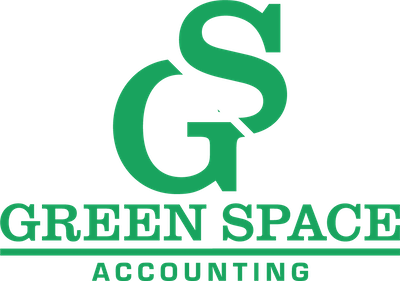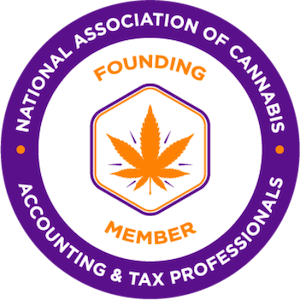Cannabis Accounting Glossary
If you’re not well-versed in the world of finance and accounting, you might find it difficult to understand the industry jargon. We put together a Cannabis Accounting Glossary to help you better interpret financial information, helping you and your business!

Accounting Period– The accounting period is a period of time in which financial statements are released, and accounting functions are performed, aggregated, and analyzed to keep track of a business’s financial performance.
Accounts Payable– Accounts payable is the money a business owner owes (short-term debt) to its suppliers, service providers, or vendors for goods or services bought on credit.
Accounts Receivable– Accounts receivable is the money owed to a business by its customer from purchasing the goods or services they offer.
Accrual– Accrual is a financial accounting method that records and keeps track of a businesses’ revenue before receiving any payments for goods or services sold or paying any expenses.
Balance Sheets– A balance sheet is a financial statement that outlines a company’s assets, liabilities, and shareholders’ equity at any given time.
Bookkeeping– Bookkeeping is the act of recording a company’s financial transactions on a day-to-day basis.
Burn Rate– A burn rate refers to the rate at which a new company spends its venture capital to finance business expenses before coming up with a positive cash flow.
Capital– Capital refers to financial assets such as funds in deposit accounts or financial values of assets (cash). Working capital is a business’s liquid capital which is what can be used to pay for day-to-day operations and expenses. This value can indicate a company’s overall health in terms of financial stability.
Cash Flow Statement- A financial statement that outlines all the cash inflows a company receives from its operations, investments, and financing.
Cost Accounting– Cost accounting is a form of managerial accounting that reports and analyzes a company’s total cost of production. This would entail any variable costs of products, services, and activities that the company’s involved in.
Cost of Goods Sold (COGS)– Cost of goods sold is the total cost of producing the goods sold by a company. This would include direct production costs, such as materials and labor; however, it excludes indirect costs like distribution and sales force expenses.
CPA– A certified public accountant is an accounting professional appointed a license by The American Institute of Certified Public Accountants (AICPA). These individuals meet education, work, and examination requirements. They also have a minimum of 2 years of experience and are certified to practice public accounting.
Depreciation– Depreciation determines the loss of value of an asset over its useful lifetime.
Diversification– Diversification is the act of putting a variety of investments and assets under one portfolio. This risk management strategy allows a company or individual to limit the risk of financial ruin from having just one investment or asset failing.
Dividends– A dividend is a portion of a company’s profit (cash or share of stock) that goes to its shareholders as a payment for their investment in its equity.
Enrolled Agent– Enrolled agents are tax professionals federally licensed by the Internal Revenue Service (IRS) who can represent U.S. taxpayers.
Equity– Equity is the amount of money returned to shareholders when all assets are liquidated, and all of the company’s debts are paid off. It can represent the shareholders’ stake in the company, therefore, representing their part ownership.
Fixed Assets– A fixed asset is a tangible piece of property or equipment that a company will use in production for at least one year.
Fixed Cost– Fixed cost is a corporate expense that stays relatively the same. It is not dependent on the number of goods or services produced or sold and does not change on a short-term basis.
Forecast– Forecasting in accounting refers to the process of using current and historical cost data to predict a company’s future financial outcomes.
GAAP– Generally Accepted Accounting Principles (GAAP) are a collection of commonly-followed accounting principles, standards, and procedures for financial reporting. These rules are set by the Financial Accounting Standards Board (FASB).
Gross Margin– Gross profit margin is revenue after subtracting the cost of goods sold (COGS).
Gross Profit– Gross Profit is the residual profit a company makes after considering the costs associated with the production and sales of the product or service they are selling.
Interest– Interest refers to the amount of money an individual or financial institution receives for lending out money.
Liquidity– Liquidity measures how easily a business or individual can convert its assets to cash in its total market value.
Overhead– Overhead refers to the day-to-day business costs that aren’t directly attributed to any specific business activity, product, or service and do not directly lead to the generation of profits.
Realization– Realization determines the point at which revenues produced by goods or service has been earned.
Tax Code 280e– Section 280E of the Internal Revenue Code prohibits taxpayers involved in the business of trafficking certain controlled substances banned by the Federal law or law of any State from deducting typical business expenses associated with those activities.
Trial Balance– A trial balance is a bookkeeping worksheet that organizes the balance of ledgers into credit and debit account columns with the total equal to each other.
Variable Cost– Variable cost is a corporate expense that fluctuates based on production output and sales.




